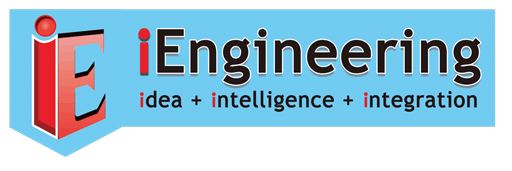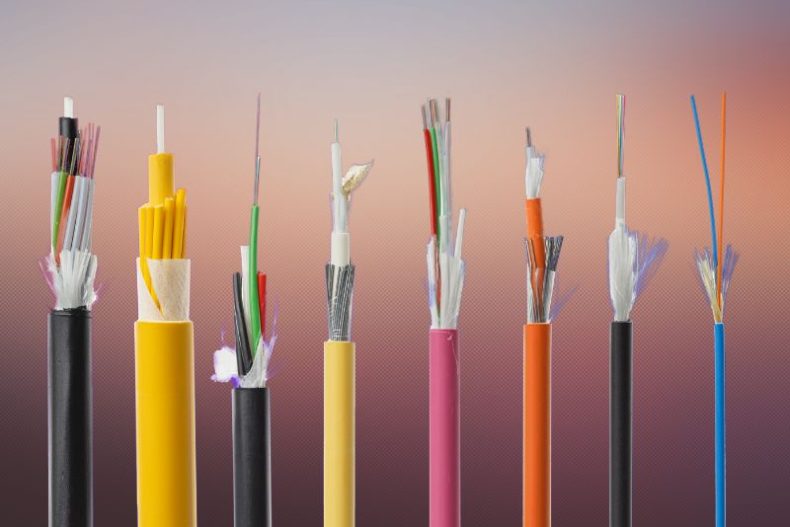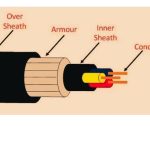Optical Fiber Cables
The technique that sends information as light pulses via a glass or plastic fiber is known as fiber optics, often known as optical fiber. Additionally, it is frequently utilised in telecommunications services like the internet, television, and telephones. For long-distance and high-performance data networking, fiber optics are utilized. In order to give customers Gigabit internet speeds, Verizon and Google, for instance, use fibre optics
Numerous cable varieties, such as indoor optical fiber cables and outdoor optical fiber cables, as well as several solutions, such as fiber-to-the-home (FTTH), MDAS (Meter Data Acquisition System), and data center solutions.
A fiber optic cable is a type of network cable that houses one or more optical fibers in an insulated casing wrapped in plastic layers and enclosed in a tube of protection.
Different cables are used for a variety of purposes, including data storage, defense, industrial/commercial use, telecommunication, and providing a network from servers to users.
As per Australian standards such AS/NZS 3080, AS/CA S-008, and AS 1049,
Indoor Fiber Optical Cable
- Tight Buffer Fiber
- Simplex Cable
- Zip Cord Cable
- Flat Fibre Ribbon Cable
- Distribution Cable & Multi-core Distribution
- Break-out Cable
- Drop Cable
Features
- Superb bendability and flexibility
- Different fiber and material types can be available
- The stranded structure offers more excellent mechanical performance.
- The strip ability can be customized
- Aramid yarn makes the cable have an excellent tensile strength
Outdoor Fiber Optical Cable
- Outdoor Uni-Tube Fiber Optical Cable
- Special Fiber Optical Cable
- Stranded Loose Tube Fiber Optical Cable Features
- Excellent water and moisture resistance is ensured by a full-section water-blocking construction.
- Special grease protection.
- Small structure, lightweight good pressure resistance and softness.
- Excellent outer sheath
- Negligible effect of lightning
- Fibre filling compound ensures the critical protection of fiber
- Low-carbon and environment friendly
- Fibre filling compound ensures the critical protection of fiber
- Low loss, low dispersion
- SZ strand structure, easy branching
- Compact cable structure
- Service life over 30 years.
- The loose tube is in the center, and easy to install.
- Easier for aerial installation, lower installation cost
- Compact cable structure




